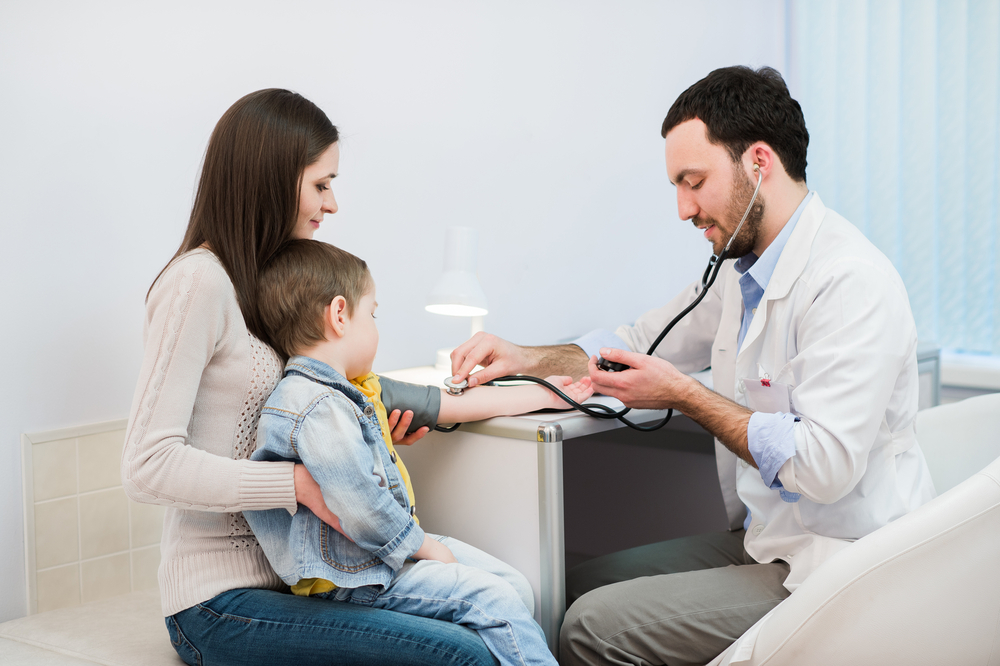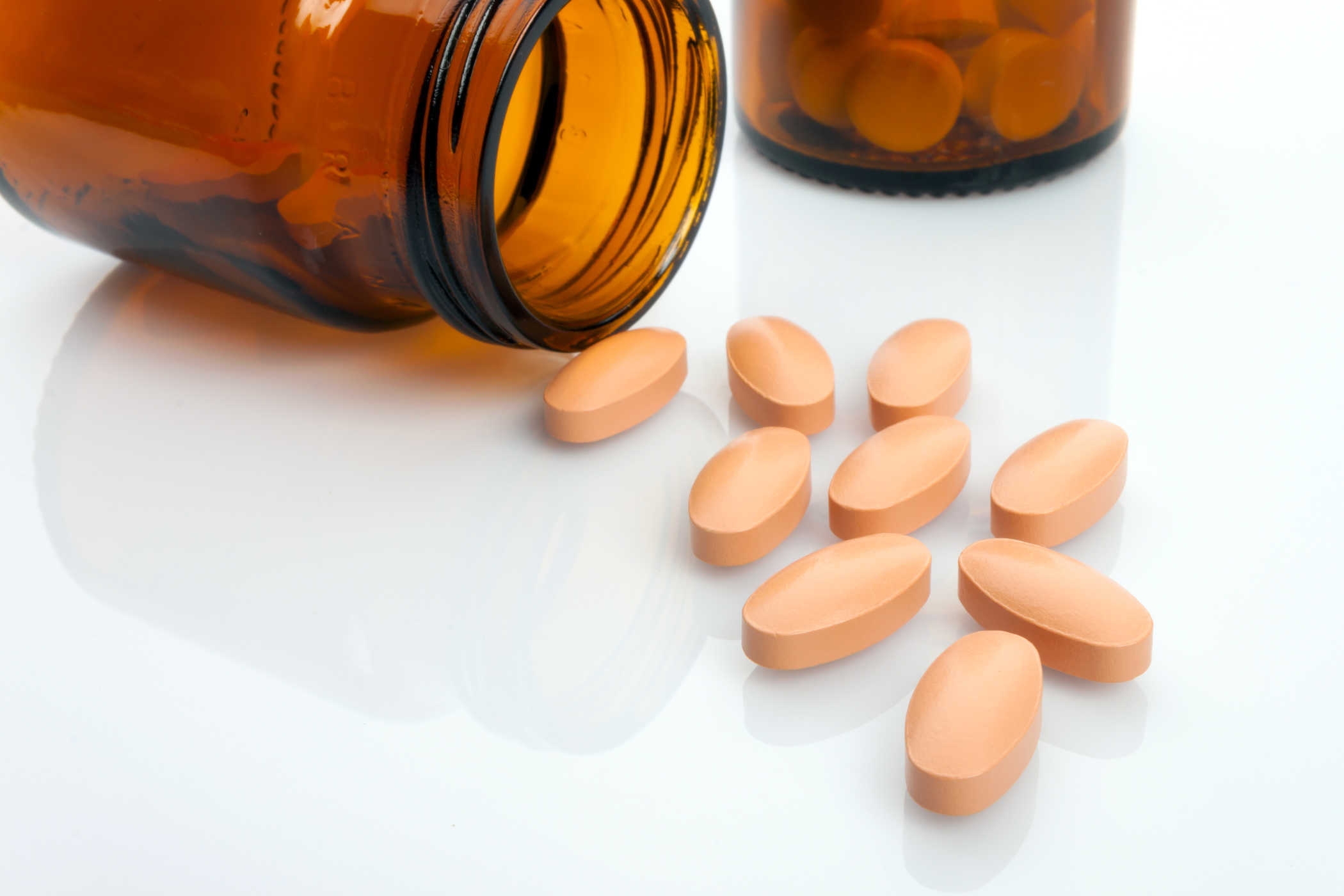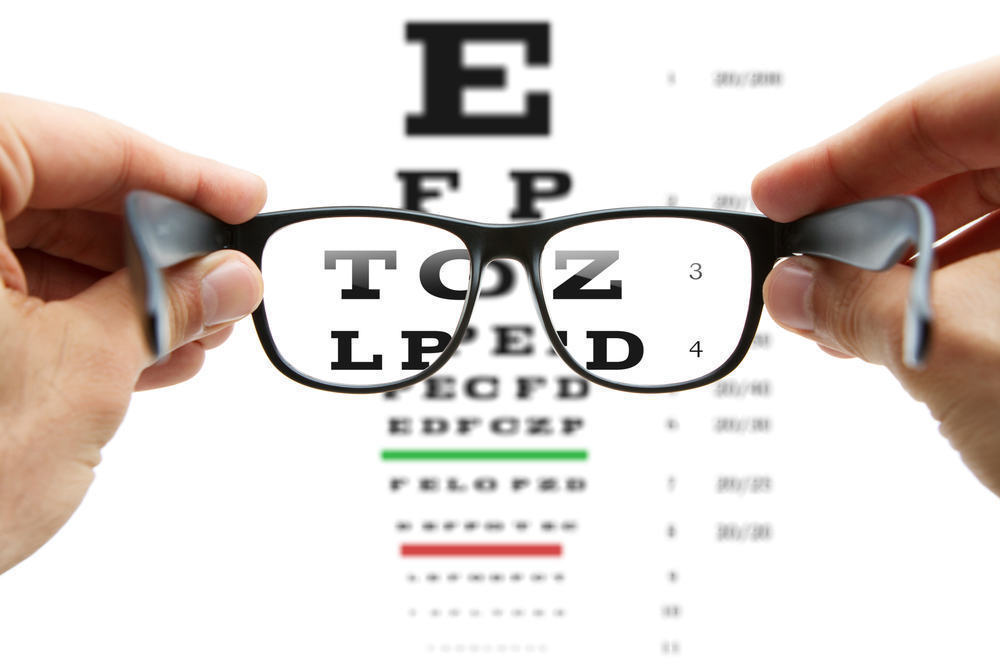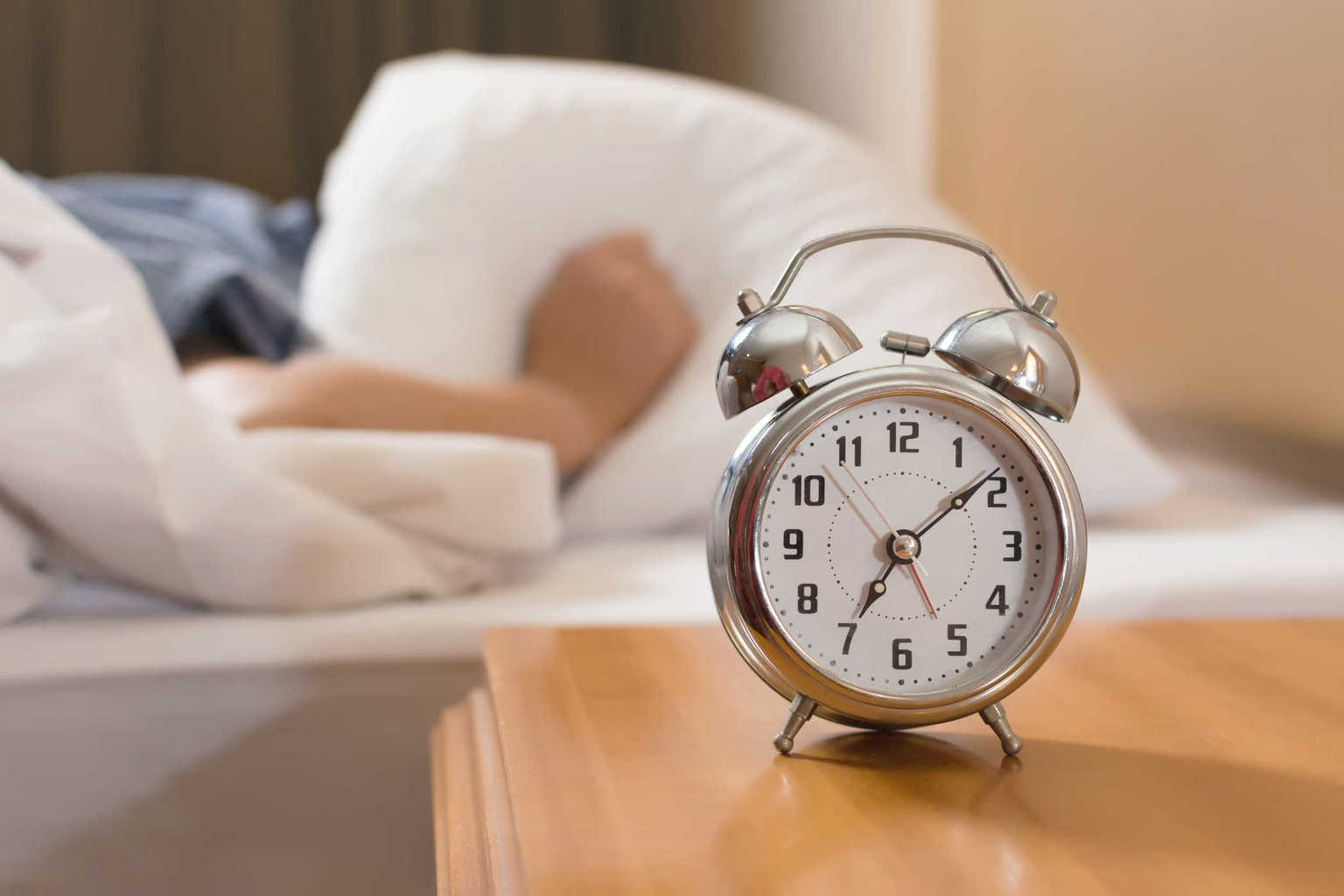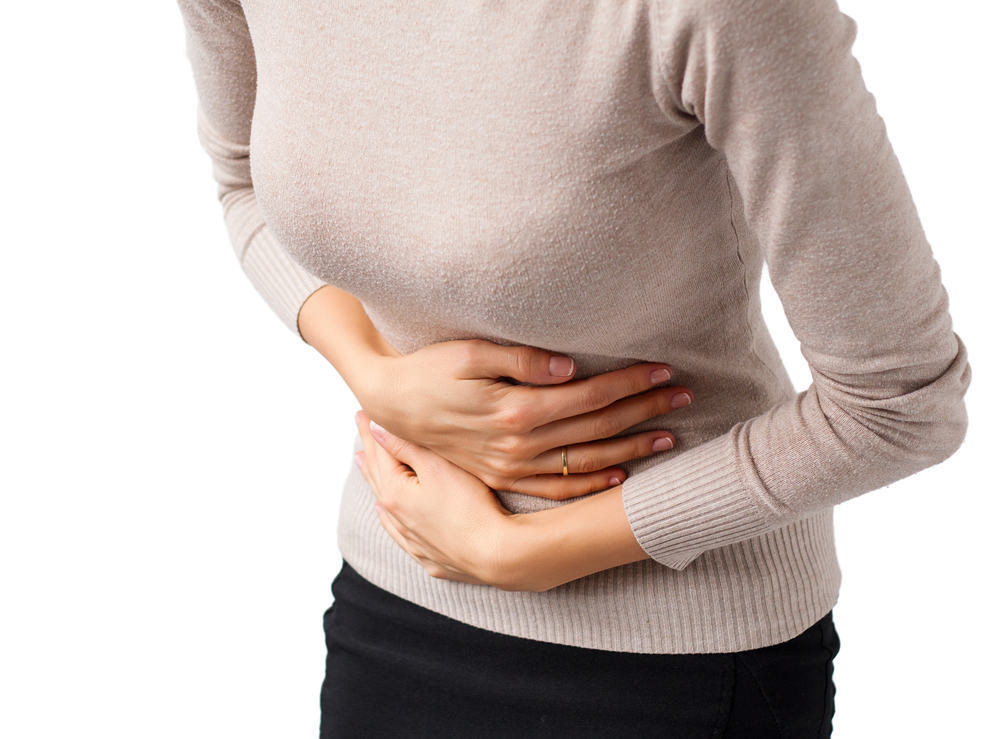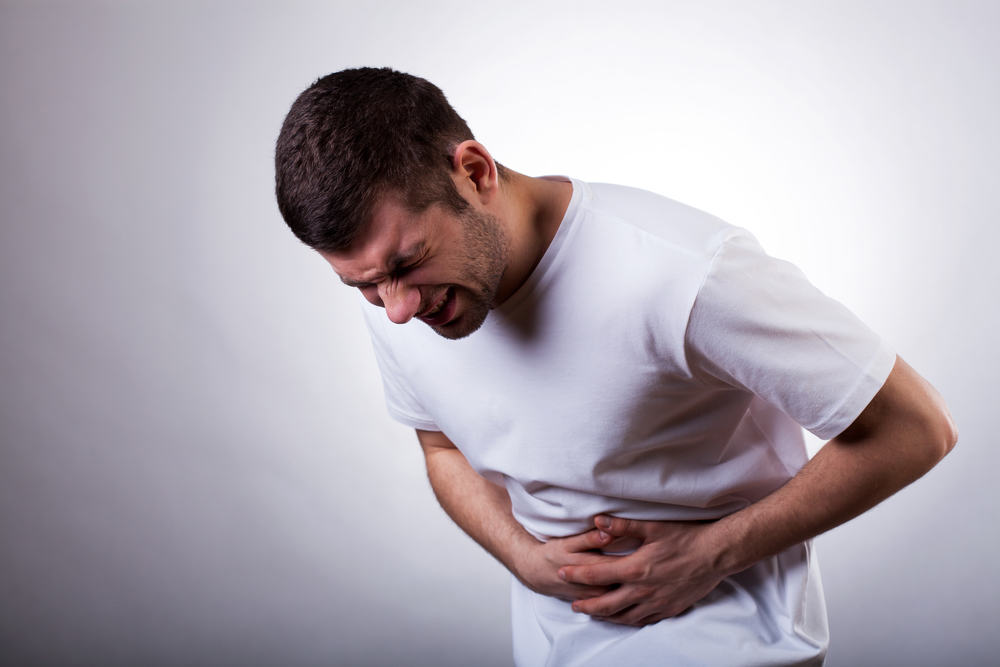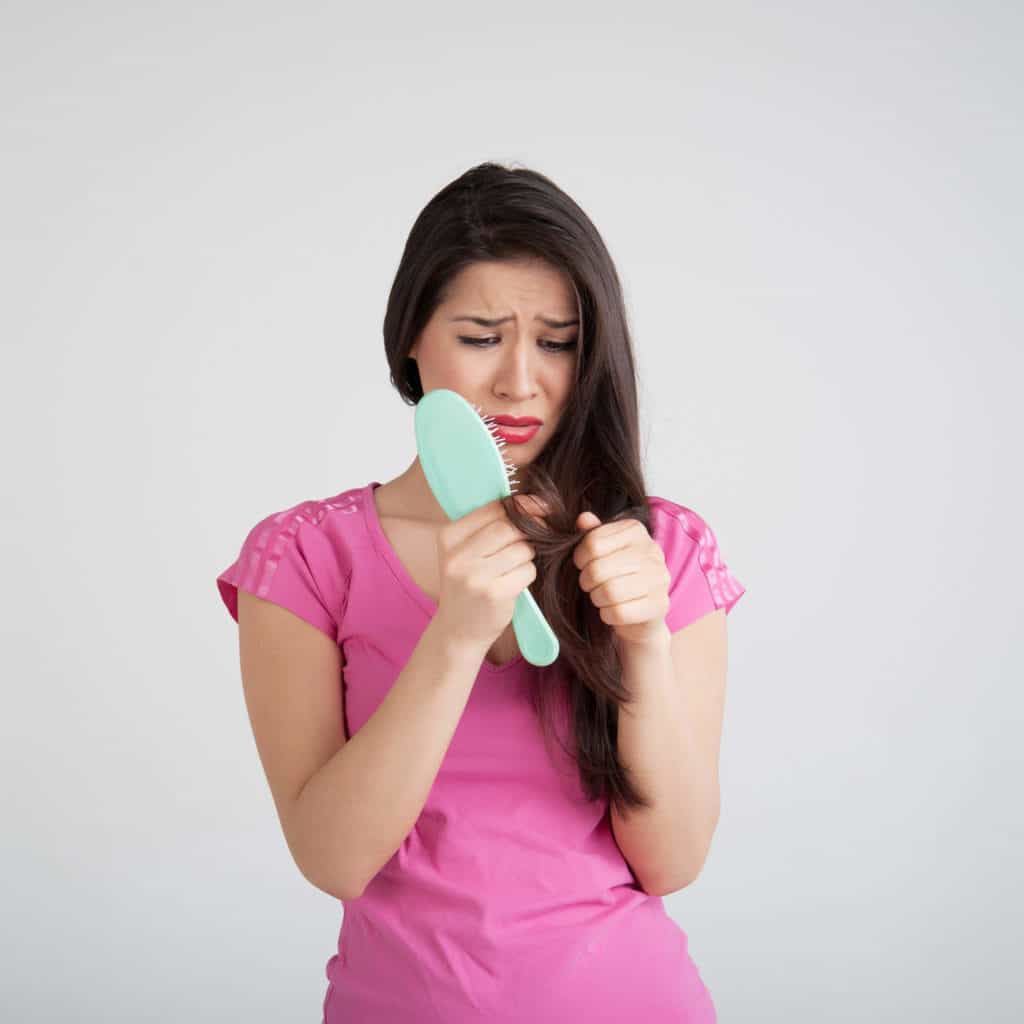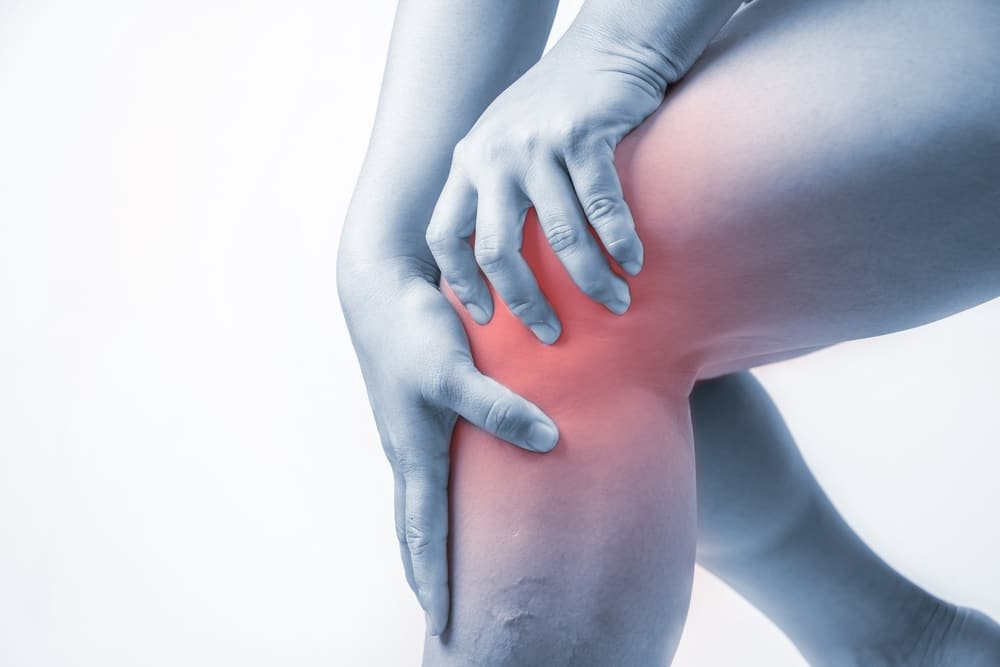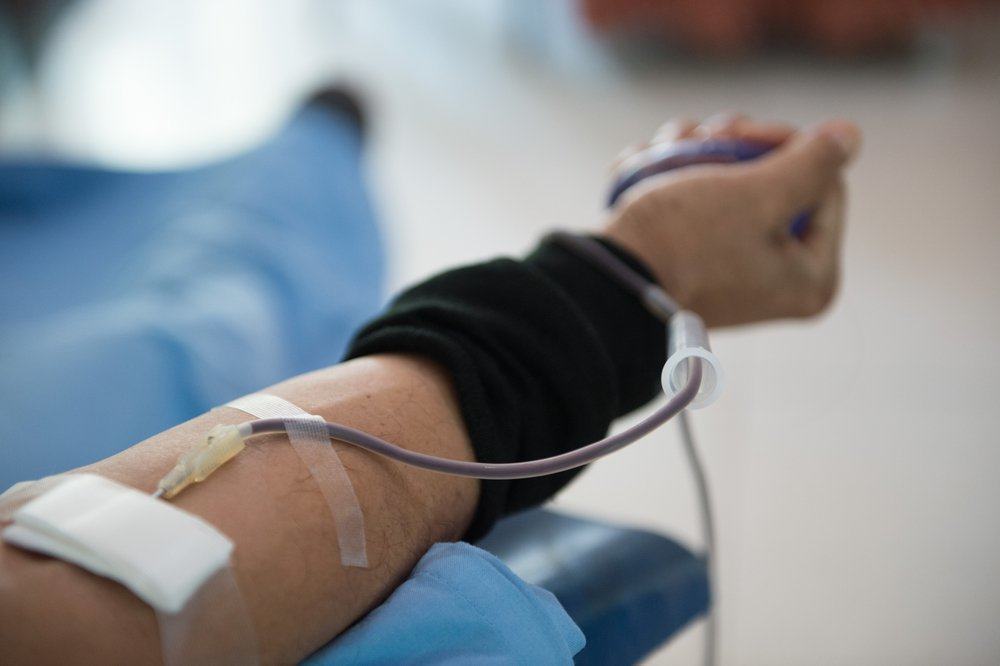Contents:
- Medical Video: 5 Common Signs of Low Blood Pressure
- What is low blood pressure?
- What are the causes of low blood pressure in children?
- Symptoms of low blood pressure in children
- How to diagnose low blood pressure in children?
- What are the treatments for low blood pressure in children?
- When do you need to contact a doctor?
Medical Video: 5 Common Signs of Low Blood Pressure
Does your child feel tired easily, even after doing light activities? Does he often complain of sudden dizziness or nausea? If so, your child may experience low blood pressure. Untreated low blood pressure can cause children to faint, get injured, and even potentially damage vital organs. Check out the verses of low blood pressure in children starting from the causes, symptoms, and ways to overcome them below.
What is low blood pressure?
Low blood pressure or hypotension occurs when the body is unable to maintain blood pressure within the normal range. This means that the heart, brain, and other parts of the body do not get enough blood. Normal blood pressure ranges between 90/60 mmHg and 120/80 mmHg. If blood pressure reading less than 90/60 mmHg, this condition is a case of hypotension.
Low blood pressure in children can be cured, but it is important to diagnose the cause to determine what is the best treatment.
What are the causes of low blood pressure in children?
Low blood pressure in children can occur due to various factors such as the following:
- Dehydration. Dehydration occurs because of the amount of water the child consumes and the amount of fluid needed by the body to carry out unbalanced activities. This condition may be a side effect of fever, severe diarrhea, or excessive sweating. Lack of fluid can reduce blood volume and cause hypotension.
- Drug. Certain drugs and health supplements can dilate blood vessels and reduce blood pressure.
- Anemia. Anemia is the main cause of hypotension in children.
- Adrenaline deficiency. Adrenaline deficiency is a disorder in the production and release of hormones needed for proper functioning of the body. Low blood pressure because of lack of adrenaline occurs due to too little salt or sodium in the body.
- Do fast movements. Orthostatic hypotension occurs due to sudden changes in body position. This usually occurs when the child suddenly gets up after lying down or sitting long enough. This low blood pressure only lasts a few seconds or minutes.
- Shock. This is a fatal condition where blood pressure is very low and cannot support the body. This can be caused by low blood volume, heart dysfunction, allergies, or changes in excessive blood vessels.
Symptoms of low blood pressure in children
Here are some of the most common symptoms of low blood pressure in children:
- Headache
- Kliyengan
- Fainted
- Blurred vision
- Heart rate is faster than normal and the rhythm becomes irregular
- Daze
- Nauseous or feeling unwell
- Weak
- Feeling cold
- The skin becomes pale
- Feeling thirsty or dehydrated (dehydration can cause blood pressure to decrease)
- Difficulty focusing or concentrating
How to diagnose low blood pressure in children?
Pediatricians will try to find out the cause of low blood pressure in children by monitoring blood pressure, pulse, respiratory rate, or body temperature. The doctor may also advise your child to undergo the following tests:
- X-rays of the abdomen and chest
- Basic metabolic test
- ECG
- Urinalysis
- Blood culture test to check for infection
- Test for checking complete blood count
What are the treatments for low blood pressure in children?
Treatment of blood pressure depends entirely on the cause and the underlying symptoms. In many cases, low blood pressure can be overcome by simple treatments that you can do at home.
Hypotension due to dehydration is relatively mild and can recover. Pediatricians will advise you to give your child more fluids to deal with dehydration.
If your child has low blood pressure due to certain medications, the doctor will change the dose or will switch to a different drug. Don't stop giving medicines to your child without talking to the doctor first.
Severe hypotension due to shock may require emergency medical attention in the form of:
- Children who suffer from shock may need more fluids
- They may need drugs to increase heart strength and blood pressure
When do you need to contact a doctor?
Contact your doctor immediately if your child develops symptoms such as:
- Can not breathe
- Fainted
- Black or dark red stool
- Having high fever
- Having chest pain and irregular heartbeat
Low blood pressure may not be a common condition in children, but it is also not impossible. You can easily treat low blood pressure in children in consultation with your pediatrician.

